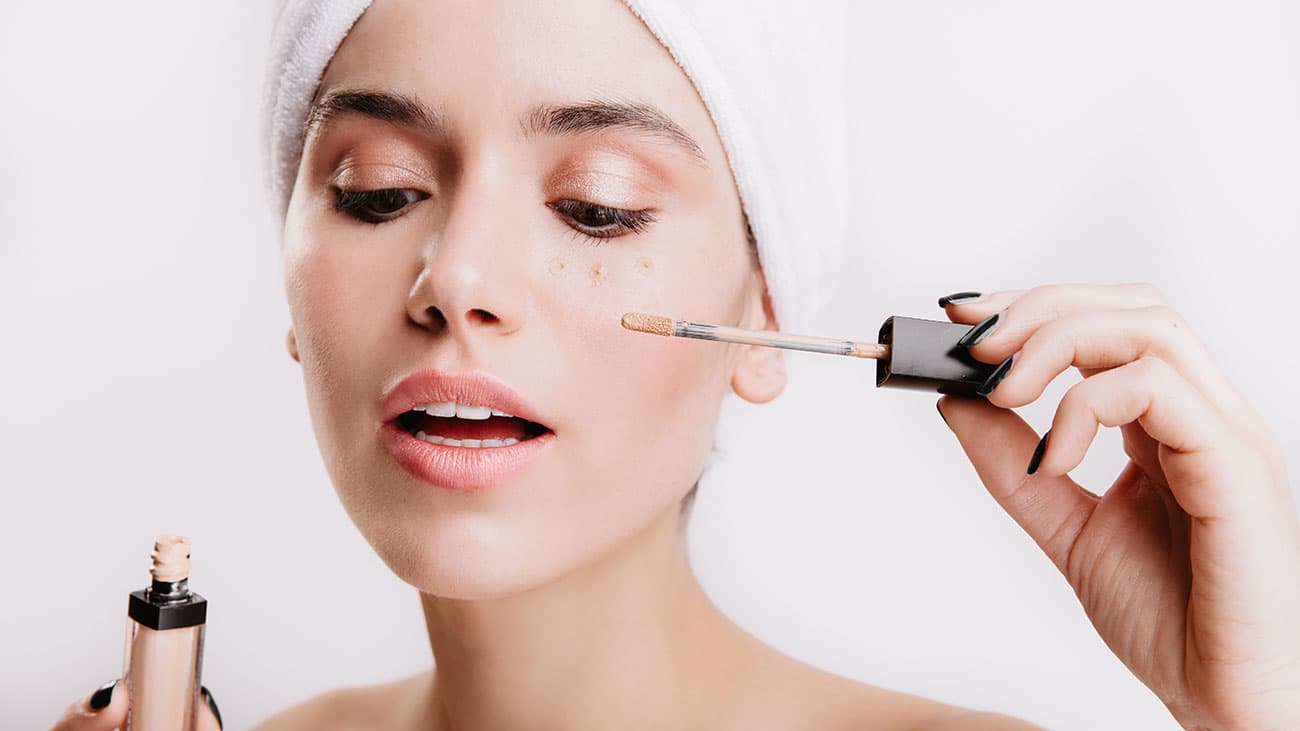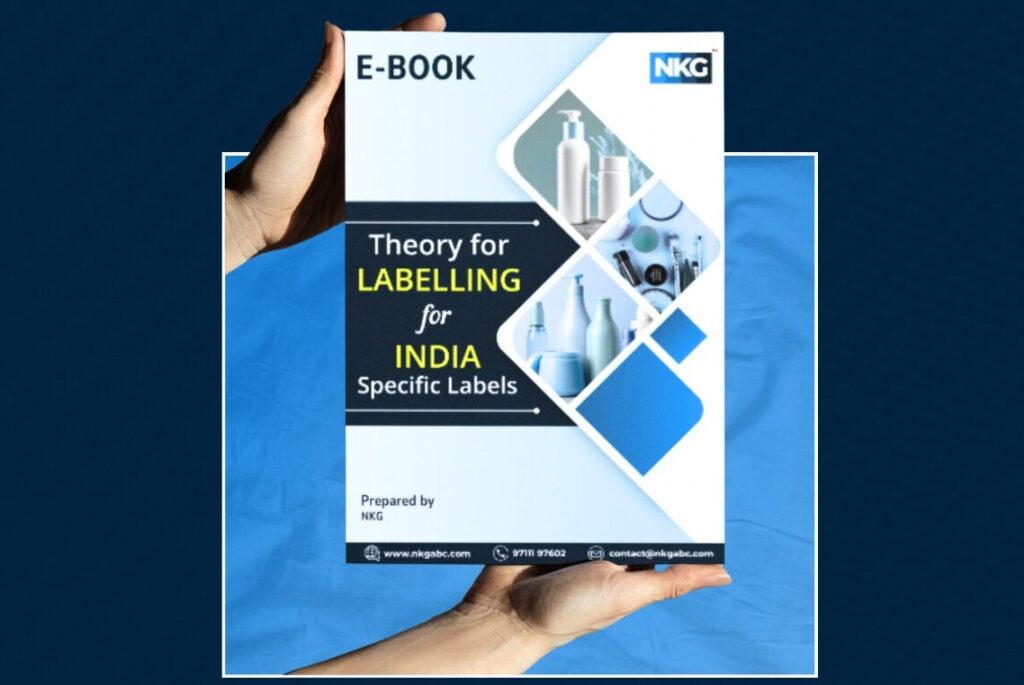1. Overview of CDSCO
The Central Drugs Standard Control Organization (CDSCO) oversees the Indian market for medical devices. The Ministry of Health and Family Welfare established regulations for manufacturing and importing cosmetics and medical devices to safeguard the public. The Cosmetic Drug Act 1940 and Rules 1945, specifically for cosmetics, were put into place by CDSCO to ensure that medical devices sold in India meet international standards, promote transparency, and ensure their efficacy and security. The Act and Rules were amended in 2020 by the CDSCO to keep up with the latest products in cosmetics. Any cosmetics sold in the Indian market must be safe, effective, and have a favorable risk-benefit ratio, according to CDSCO. The manufacturer and importer are given instructions on how to label and use the cosmetics, register the medical device, obtain a license, and store and transport it under the Cosmetic Drug Act and Rules 2020. So, anyone who intends to enter the cosmetics industry must know these laws and regulations.
2. What are cosmetics
As per the Drugs and Cosmetics Act of 1940, Cosmetics is “any article that can be rubbed, poured, sprinkled, sprayed, applied to or introduced to any area of the body to enhance its beauty, attractiveness, or appearance, or any area that consumers can use for cosmetic purposes.
3. What is Concealer
A type of cosmetic called a concealer or color corrector is used to cover up skin flaws. By obstructing pigments and blending these flaws into the skin, concealer can hide a variety of flaws, including dark circles, age spots, blemishes, and more. It is like foundation, except that it is typically thicker. Concealer is a lighter cosmetic used to even out skin tone, and it can be used in conjunction with foundation. Concealer and foundation are frequently used to give the skin a more even color. Although concealer and foundation are available in various colors and opacities, concealers typically have a higher pigment content.
4. Types of Concealer
Liquid concealer – It is among the most adaptable varieties of concealer. It usually has sheer coverage, but a particular formula can occasionally give you the full range. Reapplying it will increase the coverage as well. Dry to normal skin types respond best to liquid concealer. It applies easily over the foundation or skin and has a hydrating formula. The finishes are matte, satin, and radiant. Look for a non-comedogenic, oil-free formula if the skin is prone to acne. As a result, the skin won’t erupt in pimples.
Stick concealer – Stick concealers work best for normal to dry skin. Compared to other concealers, it provides more coverage and has a semi-solid texture, resulting in a very pigmented and vibrant appearance. They are, therefore, ideal for hiding minor imperfections and dark spots. Stick concealers are incredibly portable and convenient for touch-ups while on the go.
Balm concealer – Compared to liquid concealers, balm concealer has a thicker consistency and provides more coverage. These concealers are best for skin types that range from normal to oily. The texture of this concealer is like a balm, hence the name balm concealer. Many balm concealers are color correctors, so you can use them before foundation to balance the discoloration and redness.
Cream concealer – Although they provide medium to full coverage, cream concealers lack the pigment of stick concealers. It is advised for normal to dry skin and has a thick formula. These concealers are ideal for covering hyperpigmentation, acne, and dark circles under the eyes. Cream concealers can easily conceal any dry patches of skin or any blemish that has dried out because they are effective on dry skin. Anyone with fine lines or wrinkles should avoid this concealer because cream concealers tend to crease. If you have sensitive or acne-prone skin, look for a cream concealer that is alcohol-, oil-, and comedogenic-free.
5. Category of make-up
Unlike medical devices, CDSCO does not classify cosmetics into different classes based on the risks involved. At the same time, cosmetics are categorized as per the category list given by the authority depending upon their intended use. Below listed are the categories which CDSCO provides for Make-up products:
- Foundation
- Concealer
- Other face make-up products
- Mascara
- Eye shadow
- Eye pencil
- Eyeliner
- Other eye make-up products
- Lipstick
- Lipstick sealer
- Other lip make-up products
- Paint on the body or face, including “carnival makeup.”
- Other make-up products
6. Forms required
Application Form | Approval Form | Fees | Licensing authority | Validity | Penalty |
Form Cos -1: Application to import cosmetic | Form Cos- 2: Permission to import cosmetics | $1000 for each category+ $50 for each variant + $500 for each manufacturing site |
CDSCO | Five years | Under section 10 A, a person can get imprisonment for three years, a five thousand fine, or both. |
Form Cos– 5: Application to manufacture cosmetic | Form Cos– 8: Permission to manufacture cosmetics | Rs. 10,000/- (Ten items of each category are free) | Five years | A person can get imprisonment for one year, a one thousand fine, or both, which can be extended to 2 years imprisonment and a fine up to INR 2000. | |
Form Cos– 6: Loan license application to manufacture cosmetics. | Form Cos– 9: Permission for loan license to manufacture cosmetics. | Rs. 2500 and Rs. 1000 inspection fees for each inspection. | Five years | NA |
7. Documents for the cosmetics business
To manufacture | To import |
Form Cos –5; | List of documents required for Import registration in COS-2: |
Adhar card number with valid mobile number (mandatory) | Document required from the overseas manufacturer: Legal documents (which need to be attested): · First Schedule · Frees Sale certificate. · GMP certificate of an actual manufacturing site – Technical Documents (on manufacturer’s letterhead with a sign and stamp): · Product Specification/COA · Ingredients List · Testing Method · Heavy Metal declaration · Non-animal testing declaration |
Fees challan; Cover letter | Documents from Authorised Agent: · Cover Letter · Second Schedule
The applicant must provide the translated version if any documents are in a foreign language. |
Ownership of the cosmetics brand. |
After getting the registration certificate, · If there are any changes in labeling or composition or testing, specification, or documentation of any of the cosmetics pertaining to this Registration Certificate, etc., then it needs to be informed to CLA within 30 days of such changes. · And if there is any Change in Name or address of the Authorized Agent or Legal manufacturer without constitutional change, then it needs to be informed to CLA within 60 days of such changes. |
Documents of the firm constitution, such as the article of association | An affidavit shall be present if there is no provision for a manufacturing license for cosmetics in a country. |
Declaration of partners and the list with the names of Directors, Partners, and Trustees with their complete addresses | For those cosmetics products imported for R & D purpose registration certificate is not required. |
Power of Attorney on behalf of the company to authorized agents to submit applications | Fresh/ New registration cases: · Any change in the constitution of a Licensee. · In case of acquisition or merger of the company with any other company. · Change in share capital or Board of Directors. · Proprietorship to a partnership, including Limited Liability Partnership or vice versa. · Conversion from a private to a public company or from a public to a private company |
Approved layout plan for manufacturing site with the section-wise layout of the site and machines. | No fresh/new registration cases: · Testing Method change. · Composition change · Updates in packs and labels · Minor manufacturing changes not affecting the final product. · Change in Name or address of Authorized agent or Legal manufacturer without constitutional change.
v A fresh registration certificate has been taken from the CLA within 180 days of such change. |
Possession of documents such as ownership. Registry, lease, rent papers. |
|
Master file of the site. |
|
List of the plant according to a section of machinery and safety equipment |
|
Technical staff’s full particulars. |
|
Declaration of manufacturing analytical chemist |
|
List of cosmetic products with their composition formula and manner of labelling. |
|
Manufacturing process details, flow chart of the process. |
|
Details of the water system with water testing report. |
|
Registration from the district industries centre. |
|
Permission from state pollution control for manufacturing site |
|
NOC from the fire safety office |
|
Approval from the government for testing. |
|
8. Steps to register cosmetics in India
Step 1 : Determine if the products fall under cosmetic category from the list available in Drug and Cosmetic Act 1940 and Rules 1945
Step 2 : Fill the application based on the role – manufacturer or importer.
Step 3 : Submit the documents based on the role -manufacturer or importer.
Step 4 : Licensing authority will scrutinize the documents
Step 5 : Licensing authority satisfied with the documents.
Step 6 : Grant of permission for manufacturing or import based on the application submitted.
Step 7 : Market the cosmetic product in India.
Conclusion: The size of the global face concealer market, estimated to be worth $7.2 billion in 2021, is expected to increase to $12 billion by 2031, with a CAGR of 5.5% between 2022 and 2031. Its growth is what is driving the personal care market globally. New players are entering the market to help quell the rising demand. People are no longer constrained by gender to care for their skin due to an increase in young people. To regulate the cosmetic market and give consumers a variety of options while preventing them from falling for deceptive advertising, the Indian government is collaborating with CDSCO. To enter the market, new producers and importers must first understand the market dynamics and follow the regulations for product registration.
Simplified CDSCO Licensing: Your Step-by-Step Guide - Download Now
Download our simplified step-by-step guide to understand the CDSCO licensing process. Streamline your licensing journey and ensure compliance with ease.







